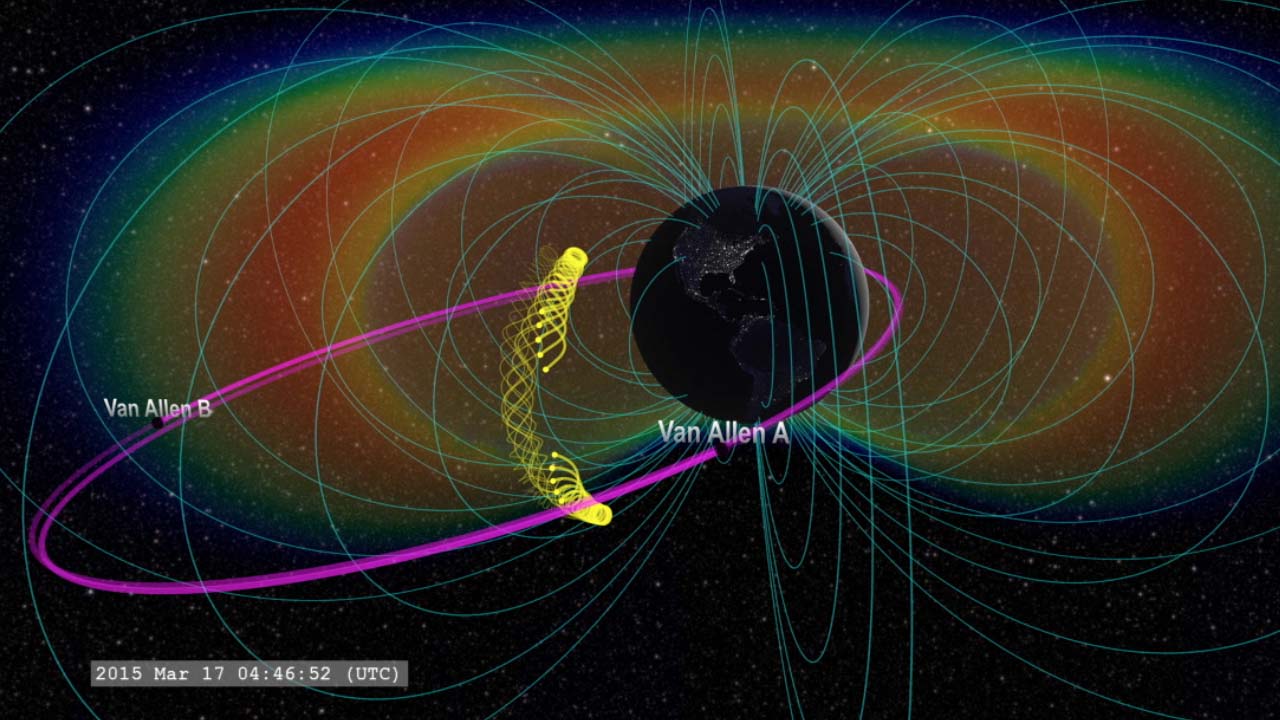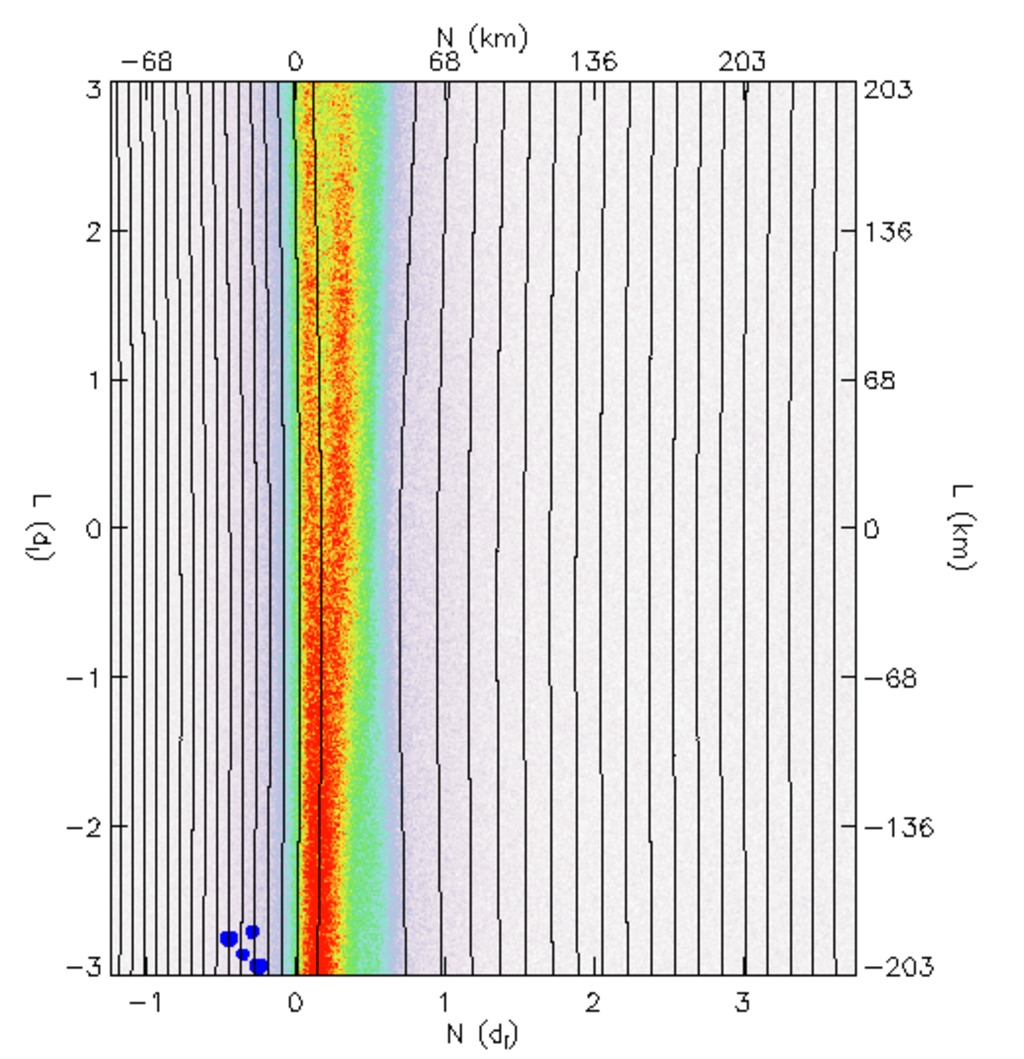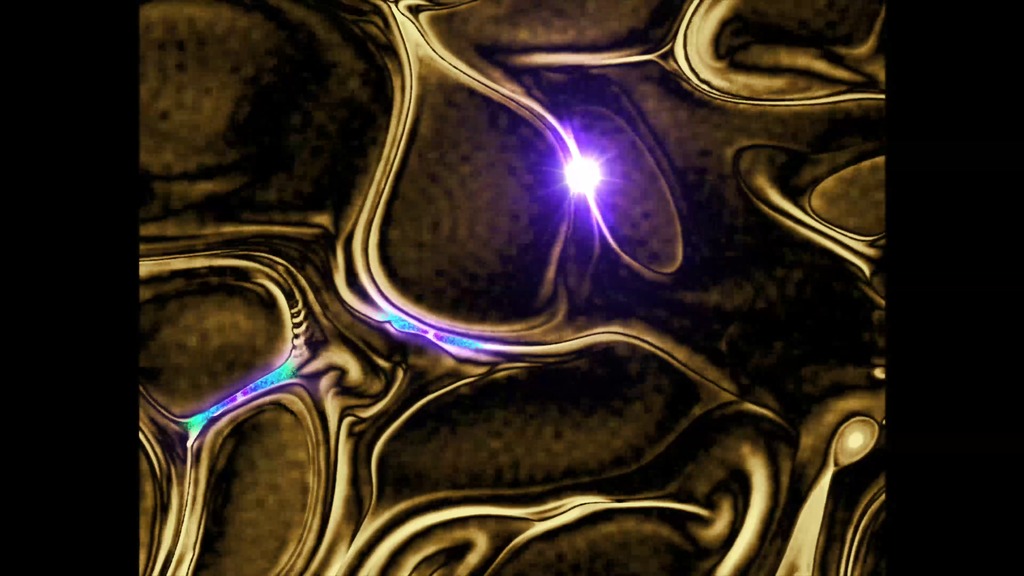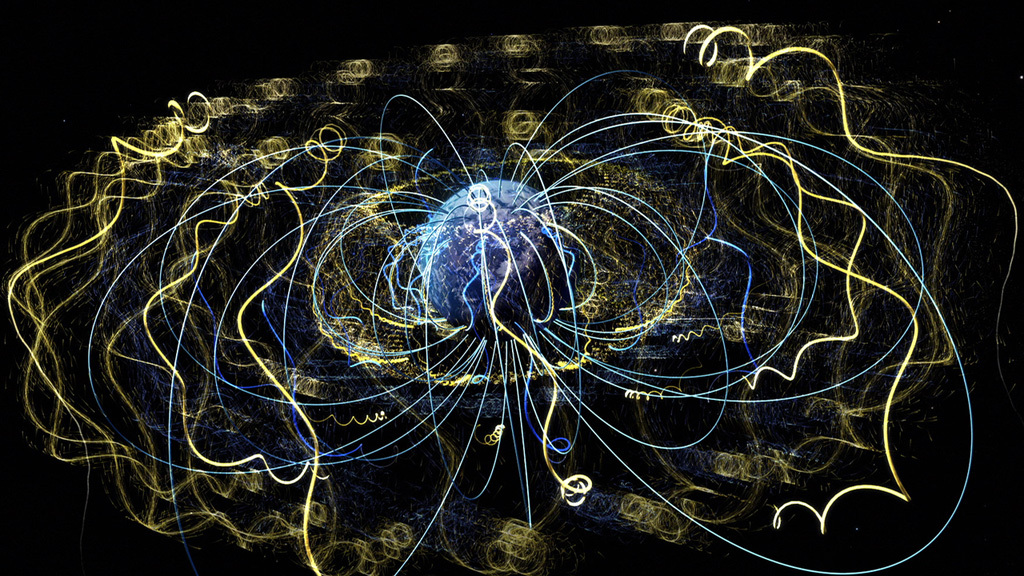Beyond Earth - Earth's Geomagnetic Activity
Space is a better vacuum than any we can create on Earth, but it's nonetheless bustling with activity. It overflows with energy, particles and a complex system of magnetic field lines. This animation shows the busy-ness of near-Earth space, where the magnetic environment around Earth can trap electrons and charged particles.
Credits
Please give credit for this item to:
NASA's Goddard Space Flight Center Conceptual Image Lab
-
Animator
- Brian Monroe (USRA)
-
Technical support
- Aaron E. Lepsch (ADNET Systems, Inc.)
-
Writer
- Karen Fox (ADNET Systems, Inc.)
-
Producer
- Genna Duberstein (USRA)
Release date
This page was originally published on Thursday, May 12, 2016.
This page was last updated on Tuesday, November 14, 2023 at 12:21 AM EST.



